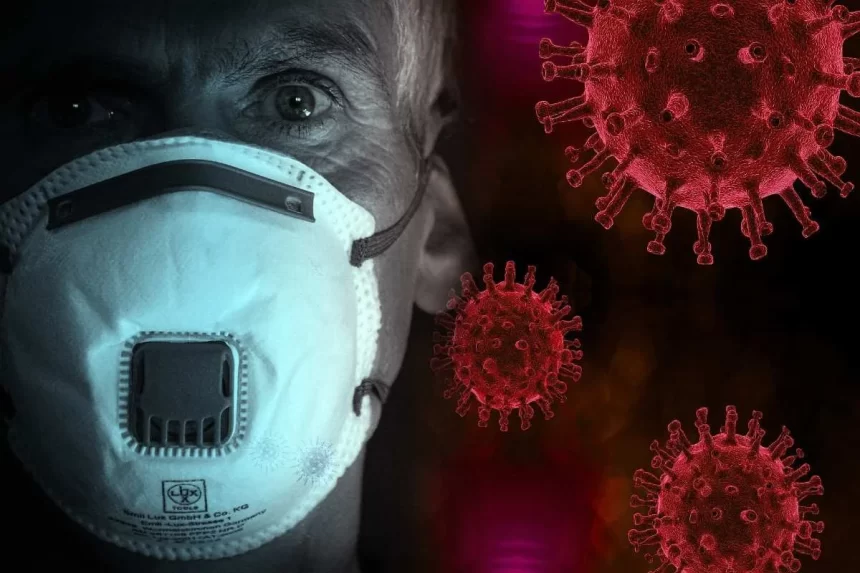The outbreak of COVID-19 has threatened the world with a pandemic, risking our livelihood and everything related to it. The virus is so strong that no modern technology in the field of the healthcare sector has been able to curb it yet. But scientists have been working on all available technological tools to restrict and measure the spread and growth of Coronavirus. While health organizations are working on developing a cure for this disease, they are being constantly supported by advanced developments in digital technology to collect more accurate data.
In this scenario, Big Data in COVID-19 and its benefits stand as a silver lining against the global war. With no assured answer to how and when this pandemic will come to an end, the only option is to stop the virus from spreading. For that, the government, the healthcare sector and all other organizations working in this area need to know the infection speed, how long it remains active on various surfaces, and whether it survives and spreads in warm or cold temperatures. Moreover, the virus is spreading at such a speed that the data is taking drastic turns in just a few hours. Thus, it is important to speed up the process and with zero error.
Big data has proved to be very helpful in analyzing, calculating and predicting the future of COVID-19. The overflow of data from various resources needs proper scanning, verification, aggregation, and mutation, that too in very less time. The technology helps to simulate and predict the spread of the virus, detect patterns to find out the weaknesses of the virus and the hazards of this pandemic. Big data has also been combined with deep learning and bioinformatics to streamline the condition by developing the vaccine against the virus. Big data aids collect extensive personal information such as demographics and location in real-time, to better understand the status of the virus and slow the spread of the disease.
Initially, the technology had several limitations, but the need of the hour brought in many policy modifications by GDPR to combat COVID-19. The use of personally identifiable data is generally restricted in most democratic countries. The GDPR is now using such data but is also ensuring that the users are aware of why and where the data will be used.
With such development in the big data technology, the government can now strategically plan the process, track individuals and take care of infected individuals faster and better, as well as send rapid advisory, wherever needed.










